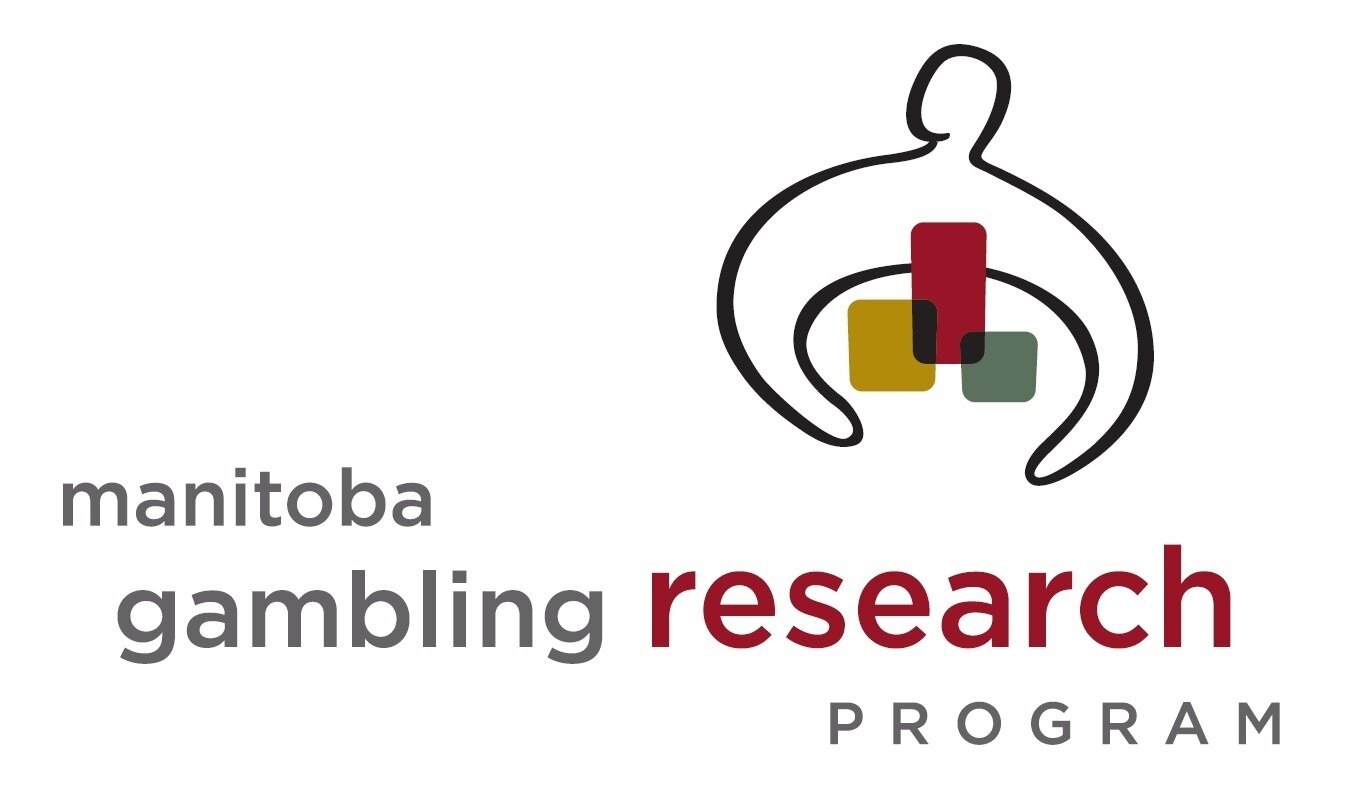Direct and Indirect Ways of Assessing Beliefs About Gambling in the Advertising Context
| Investigators | Dr. Sherry Stewart, Dalhousie University Dr. Sunghwan Yi, University of Guelph Dr. Michael Ellery, University of Manitoba |
| Research Priority | Identify effective approaches to address erroneous beliefs about gambling. |
| Funding | Small Grant ($49,980) |
| Project Status | Completed |
This research will use reaction time tasks to look at what people expect will happen when they gamble. People with problem or risky gambling behavior tend to expect more positive outcomes and hold more false beliefs about gambling. In this research, we propose two studies in order to test whether gambling-related advertising (e.g., casino ads, responsible-gambling ads) influences gambling outcome expectancies, as measured both directly (using self-report questionnaires) and indirectly (using a reaction time task).
The first project will examine the negative influence of gambling ads that frequently appear on the Internet. The second project looks at both the intended positive and unintended negative influences of responsible-gambling advertising. While responsible gambling ads may increase explicit negative expectancies (i.e., the more conscious preferences about gambling people say they have), they may also inadvertently activate implicit positive outcome expectancies (i.e., the more unconscious preferences about gambling people might not be aware they hold). We will conduct two lab controlled experiments that involve completing a computer reaction time task designed to measure gamblers’ implicit associations with gambling; questionnaires that are designed to measure gamblers’ explicit attitudes towards gambling; and a follow up telephone interview two weeks after completion of the study.
Participants will include 120 adults (age > 18) who gamble in casinos, online, or on video lottery terminals (VLTs) for each study. This is a multi-site project with participants from three regions in Canada: Manitoba, Ontario, and Nova Scotia. Half the participants will be those who score low-risk range on the Problem Gambling Severity Index (PGSI) scale (Ferris & Wynne, 2001), and the other half will be those who score in the moderate- or high-risk range.
In conclusion, we hope to learn more about how people’s expectations or beliefs about gambling are influenced by gambling advertising. Findings from our research will help understand whether exposure to gambling-related advertising activates explicit and implicit beliefs about gambling differently.
References
Ferris, J., & Wynne, H. (2001). The Canadian Problem Gambling Index: Final
report. Ottawa: Canadian Centre on Substance Abuse.
Publications
Stewart, S.H., Yi, S. & Ellery, M. (2015). Predicting gambling behaviour and
problems from implicit and explicit positive gambling outcome
expectancies in regular gamblers. International Gambling Studies, 15 (1),
124-140. doi.org/10.1080/14459795.2014.1000357
Hudson, A., Gough, K., Yi, S., Stiles, M., Davis MacNevin, P., & Stewart, S.H.
(2017). Examining the effects of gambling-relevant cues on gambling
outcome expectancies. International Gambling Studies, 17 (2), 236-250.
doi: 10.1080/14459795.2017.1324893
| Download | Size |
|---|---|
| Summary Report- Assessing Beliefs About Gambling in the Advertising Context.pdf | 44.87 KB |
| Full Report-Assessing Beliefs About Gambling in the Advertising Context.pdf | 331.88 KB |

